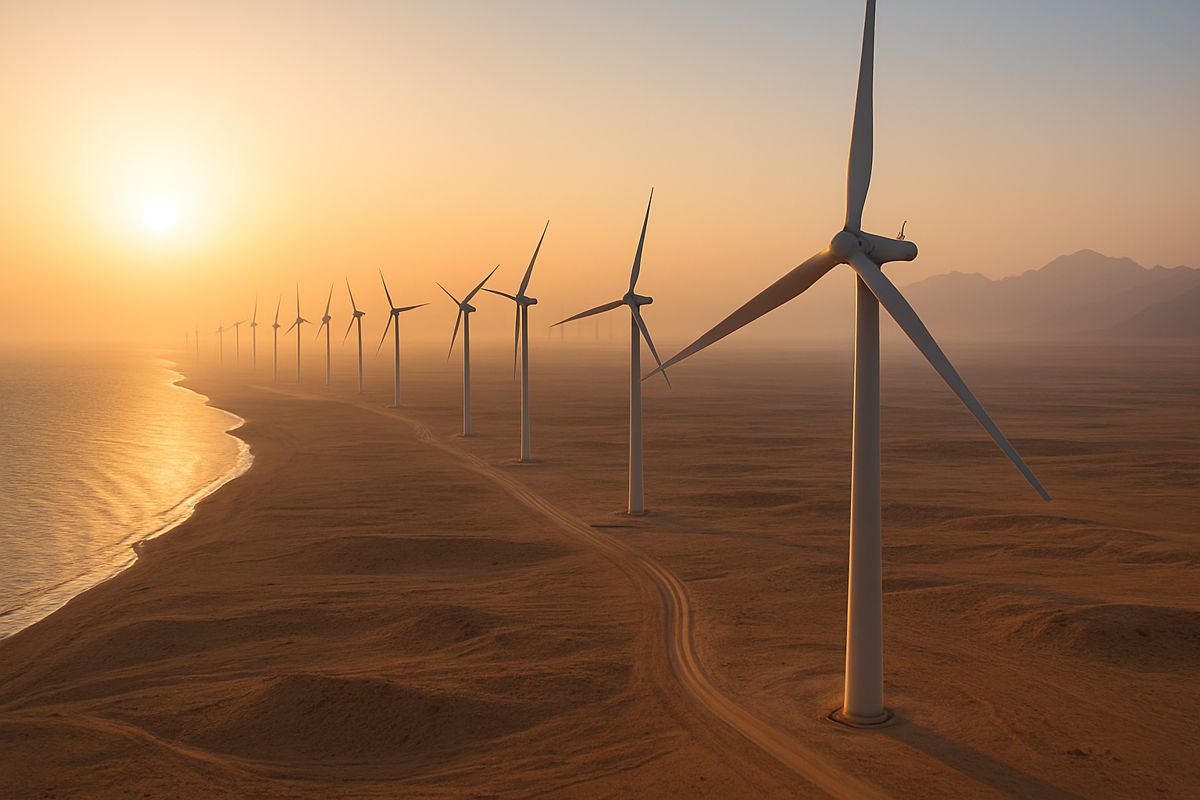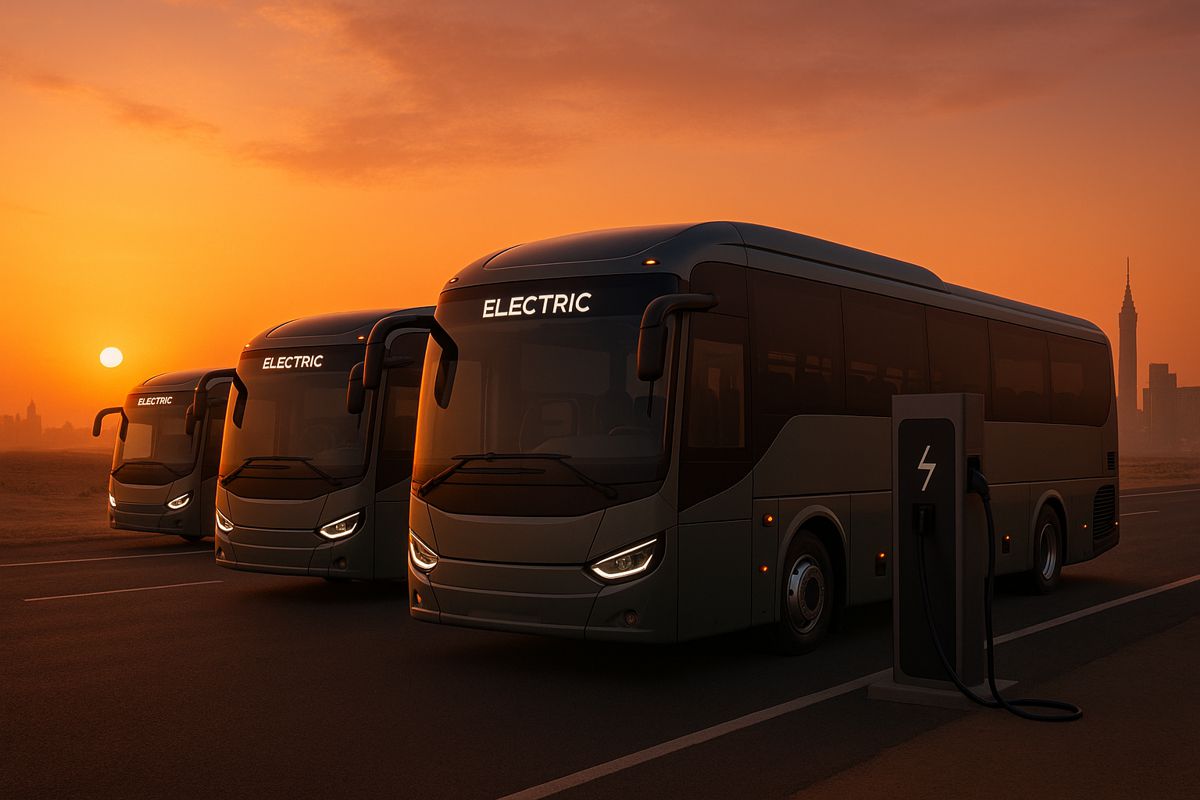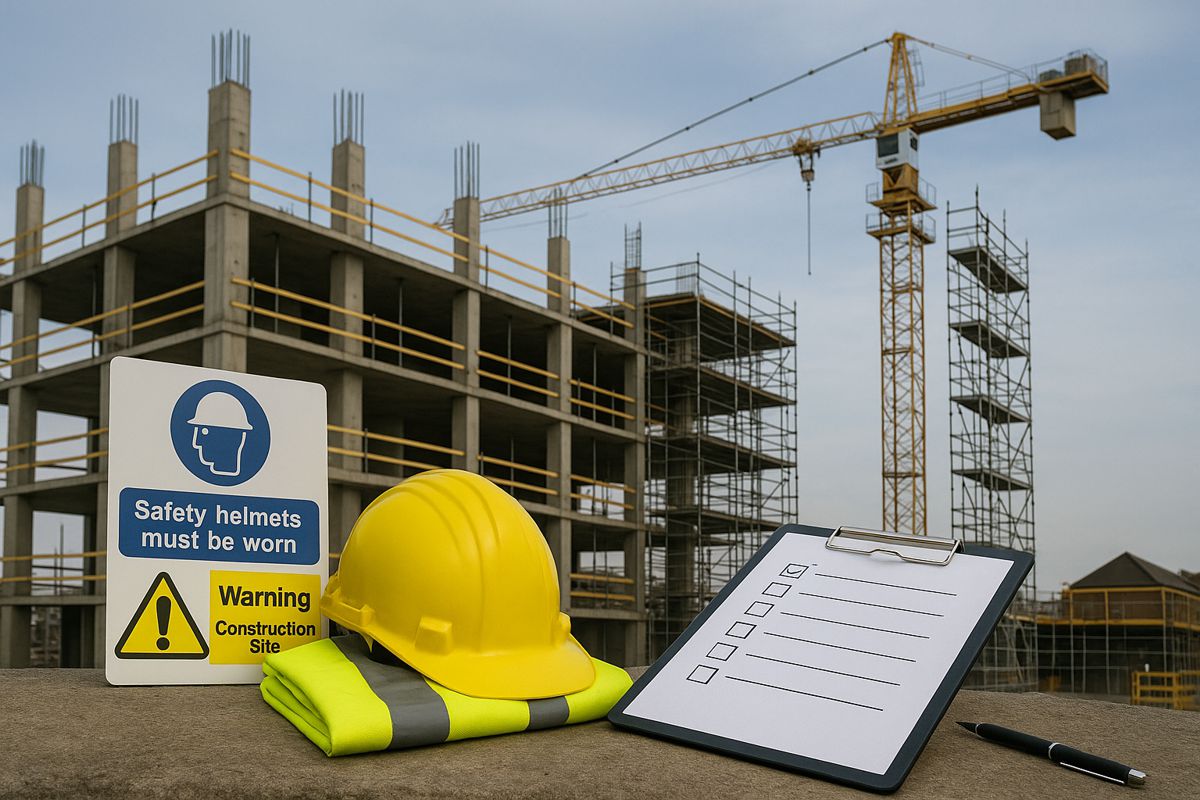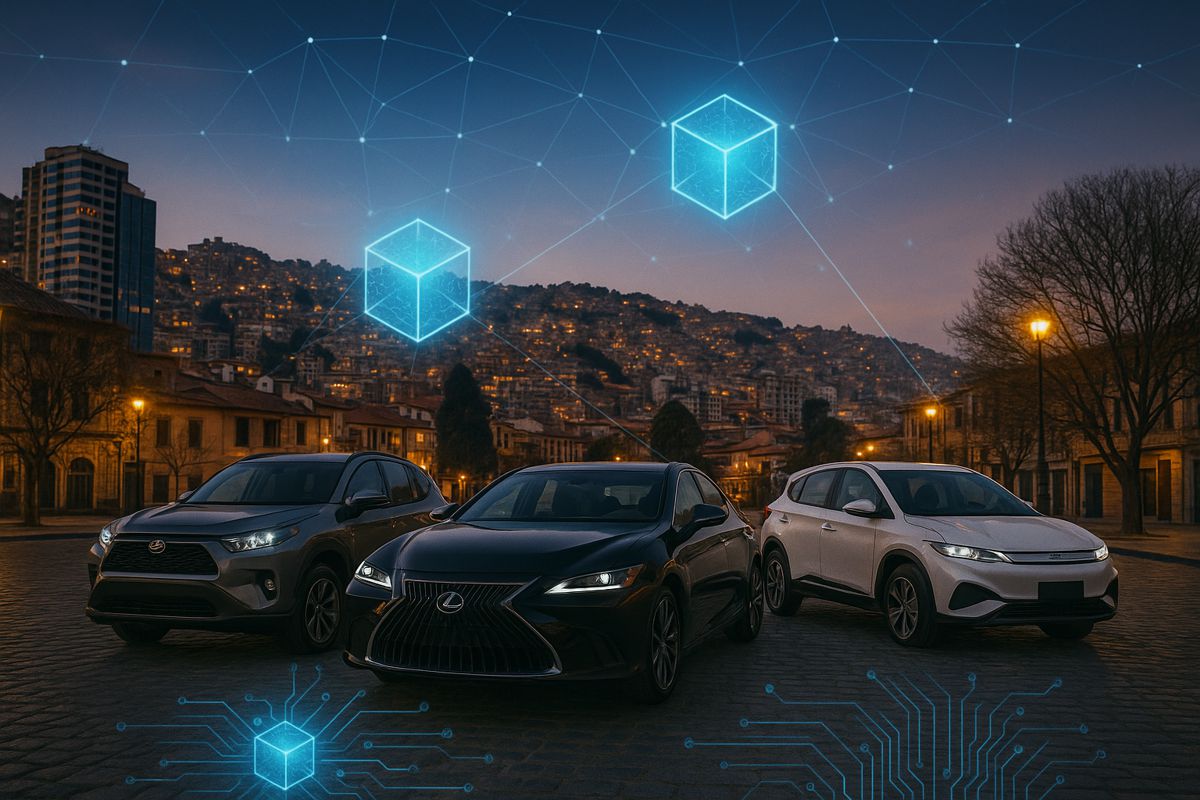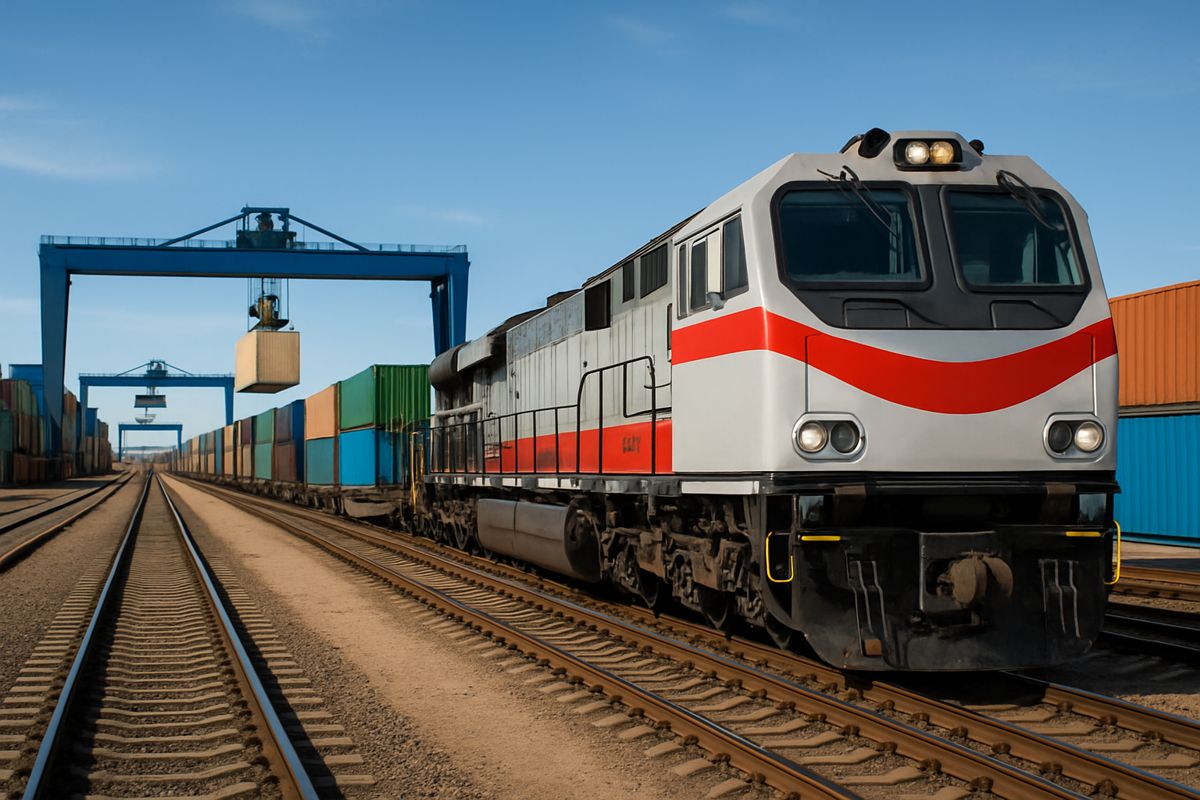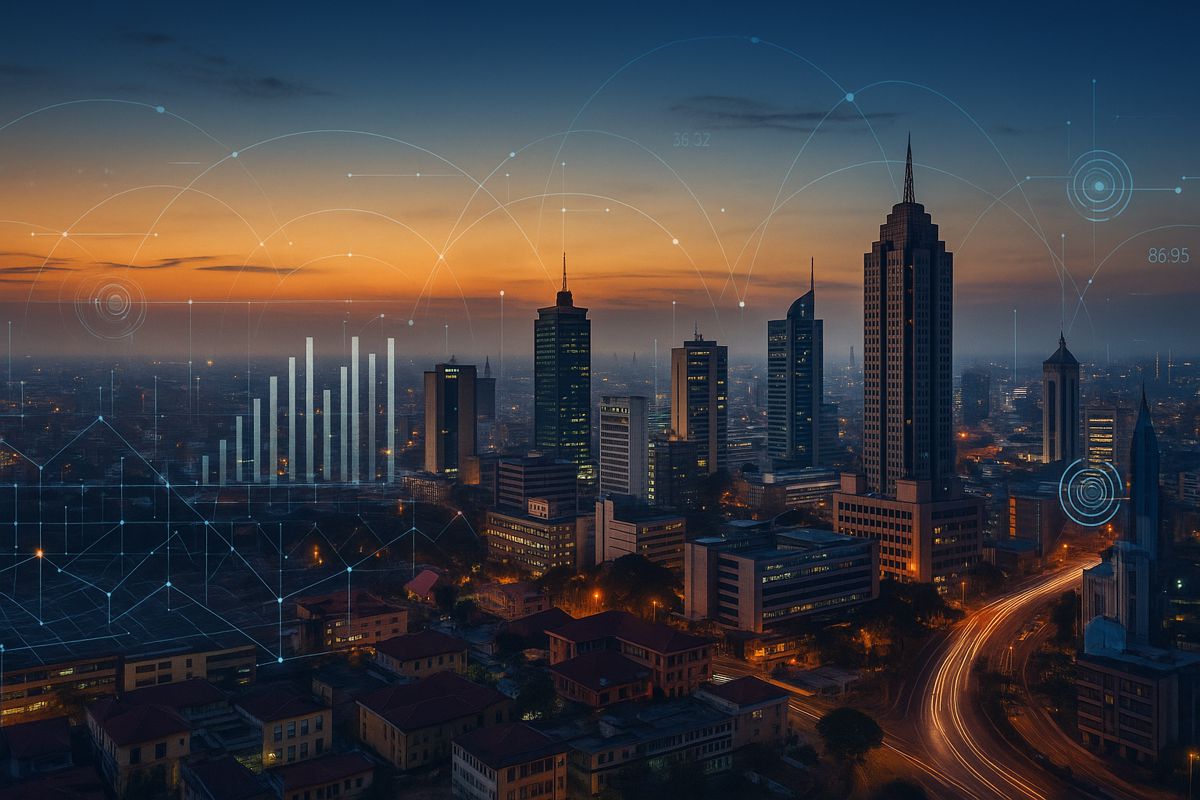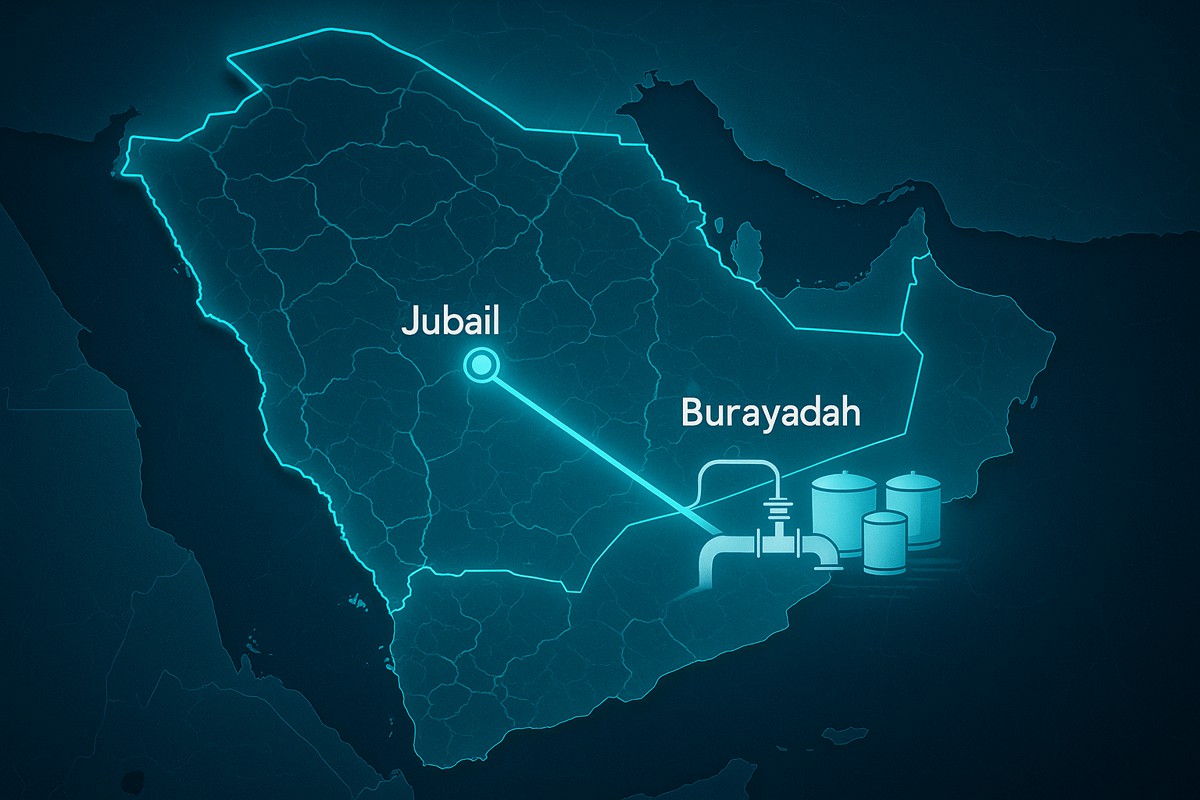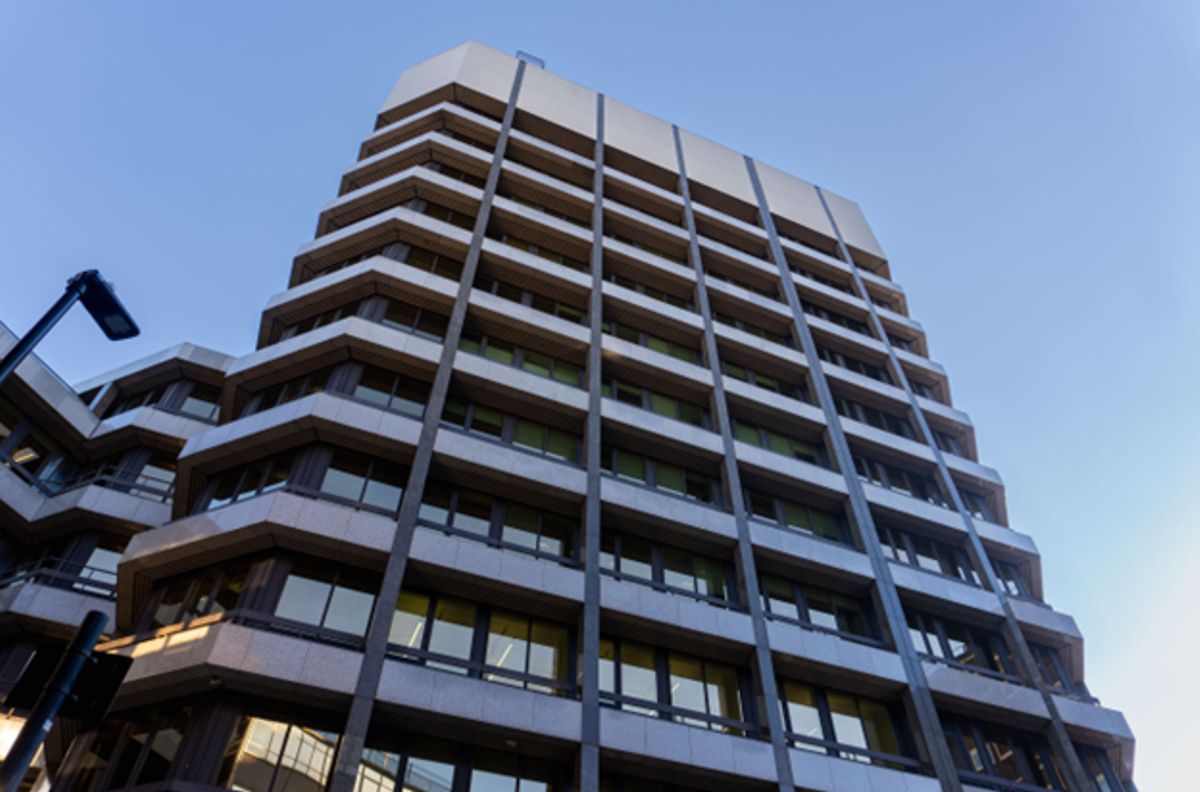EBRD Finances Egyptian Ras Ghareb Wind Energy Project
Egypt continues to seize the momentum of its clean energy revolution, and one of its most ambitious steps forward has just taken a significant leap. The European Bank for Reconstruction and Development (EBRD) has approved a US$ 74.1 million financing package for the new 200 MW Ras Ghareb wind farm, a milestone investment set to accelerate Egypt’s clean energy agenda and deepen its role as a renewable energy leader across Africa and the Middle East.
As part of its sweeping strategy to bolster sustainable infrastructure, the EBRD is anchoring this project with up to US$ 60.7 million in senior financing, backed by a concessional US$ 3.38 million loan from the Green Climate Fund (GCF), and a US$ 10 million grant. Bolstered further by co-financing from Proparco and the Japan International Cooperation Agency (JICA), this collaborative model reflects Egypt’s growing ability to mobilise global capital for green infrastructure.
This surge of international investment arrives as Egypt advances its flagship Nexus on Water, Food and Energy (NWFE) programme, a pioneering national framework designed to accelerate clean power generation, enhance climate resilience and drive green economic transformation.
A Critical Piece in the NWFE Energy Puzzle
The Ras Ghareb wind farm sits at the heart of the NWFE programme’s renewable ambitions. Construction is set to begin imminently, marking another step towards Egypt’s target of achieving 10 GW of renewable capacity by 2028 under the initiative.
Located in one of the most wind-rich corridors in the region, Ras Ghareb has long been recognised as a strategic hub for clean power development. Upon completion, the 200 MW installation is expected to cut around 390,000 tonnes of CO₂ annually, helping Egypt scale down reliance on fossil fuels and meet its long-term decarbonisation objectives.
The project also carries a strong social dimension. A specialised engineering internship programme will be launched to boost technical skills and provide practical training to young professionals, with a particular emphasis on empowering women in renewable energy professions.
Strong Partnerships Driving Sustainable Development
Infinity Power and Masdar, the joint owners of the project, are already well-established players in the African renewable landscape. With existing wind and solar assets totalling 1.3 GW across Egypt, Senegal and South Africa, they are solidifying their position as frontrunners in Africa’s green transition.
The collaboration on Ras Ghareb fits neatly into Infinity Power’s bold ambition to reach 10 GW of renewable capacity across the continent by 2030, supported by a diverse portfolio spanning solar, wind, battery storage, transmission and green hydrogen.
Harry Boyd-Carpenter, Managing Director of the EBRD’s Sustainable Infrastructure Group, highlighted the strength of international cooperation: “We are thrilled to deepen our longstanding partnership with our valued clients Infinity and Masdar. This project stands as a shining example of what can be achieved when visionary companies join forces with committed international partners. Our collaboration with JICA and Proparco, with the crucial support of the GCF, underlines the power of global cooperation in not only advancing renewable energy but also building a more sustainable and inclusive future for all. Our gratitude extends to the government of Egypt for its ongoing support and instrumental role throughout.”
Mohamed Ismail Mansour, co-founder and Chairman of Infinity Power, echoed the sentiment: “We are deeply grateful for the support of our finance partners, namely the EBRD, the Green Climate Fund, JICA, and PROPARCO, which has been instrumental in bringing the Ras Ghareb project to this stage. We also acknowledge the invaluable contributions of the Egyptian Electricity Transmission Company and the Ministry of Finance. Strong partnerships of this kind are vital not only to delivering Egypt’s clean energy ambitions but also to accelerating the wider transition towards a more sustainable future across Africa.”
Egypt’s Growing Renewable Powerhouse
Egypt’s rise as a renewable energy hub has been swift and strategic. Since joining the EBRD family in 2012, the country has attracted more than €13.5 billion in development financing across 206 projects spanning energy, water, industry and transport.
The government’s long-term vision prioritises energy diversification, grid modernisation and private-sector participation. Key milestones include:
- Benban Solar Park, one of the world’s largest photovoltaic complexes
- Multi-gigawatt wind developments in the Gulf of Suez corridor
- Expanding grid interconnections with Europe, the Middle East and Africa
- Plans for large-scale green hydrogen and ammonia facilities for global export markets
International agencies have praised Egypt’s regulatory reforms, improved investment climate and commitment to decarbonisation. According to the International Renewable Energy Agency (IRENA), Egypt aims for renewables to account for 42 percent of its electricity mix by 2035, a target some analysts believe may be achieved earlier given recent investment momentum.
Skills, Jobs, and a New Energy Workforce
Beyond emissions reduction and energy security, Ras Ghareb promises meaningful socioeconomic benefits for the region. Local content, job creation and specialised training are embedded in the development roadmap.
With thousands of construction jobs expected and dozens of permanent engineering roles, the project reflects Egypt’s strategy to build a skilled green workforce capable of supporting complex energy infrastructure.
Notably, the training programme’s focus on female participation advances gender inclusion, aligning with global best practice and development-bank priorities.
A Brighter Renewable Horizon
As Egypt steps deeper into its clean energy future, the Ras Ghareb project is a reminder of what targeted finance, international collaboration and visionary planning can achieve.
By scaling wind power in one of the region’s most promising markets, the EBRD and its partners are setting benchmarks for sustainable development finance while positioning Egypt as a central player in Africa’s renewable energy map.
Catching the Wind at the Right Moment
The Ras Ghareb wind farm demonstrates that Egypt’s green transition is not merely a policy ambition but a tangible, rapidly advancing reality. With global financing partners, a maturing regulatory ecosystem and energy companies pushing boundaries, the nation stands poised to lead the continent’s renewable transformation.
Egypt is catching the wind at just the right moment, and its sails are pointed firmly towards a cleaner, more resilient future.
